Nosferatu, Phantome der Nacht
The exhibition “Nosferatu, Phantome der Nacht” takes place from December 16, 2022 to April 23, 2023 at the Sammlung Scharf-Gerstenberg Museum in Berlin, and celebrates the 100th anniversary of this cinematic masterpiece.
The five-act German film by Friedrich Wilhelm Murnaus was premiered in 1922 in the Marble Hall of the Berlin Zoo and is considered a key work by many artists, mainly the Surrealists.
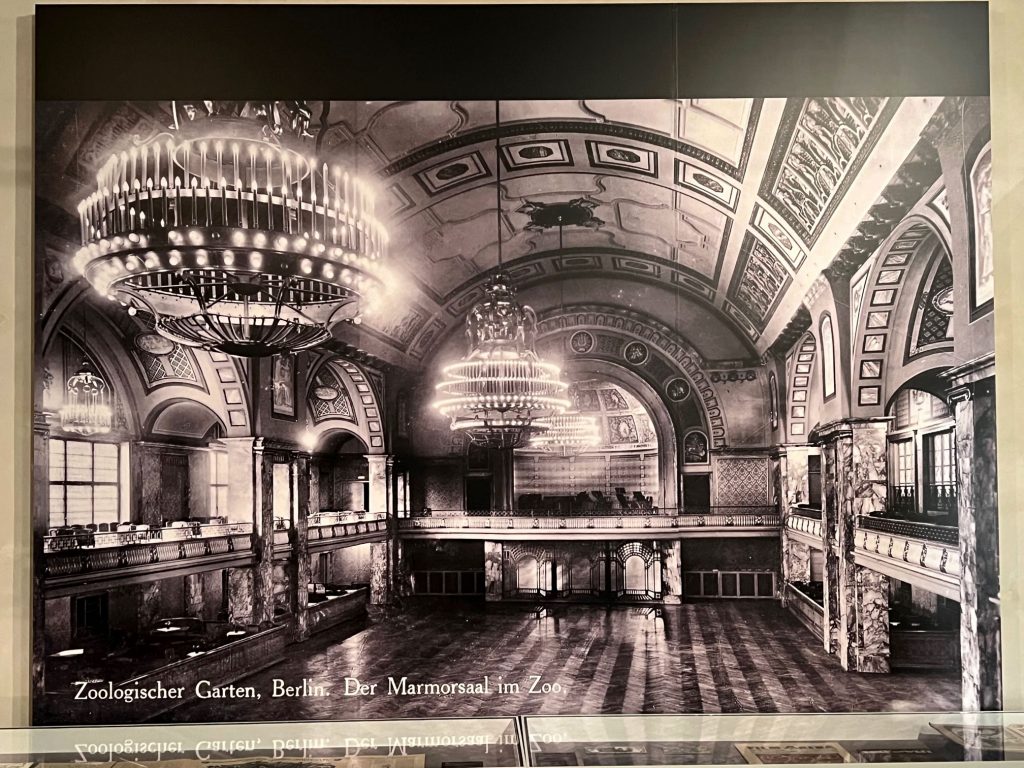
Curated by Jürgen Müller, Frank Schmidt, and Kyllikki Zacharias, director of the Sammlung Scharf-Gerstenberg, this exhibition delves into the intricate relationship between the iconic German Expressionist film and the visual arts.
The Nosferatu exhibition, housed in the right wing of the museum, is accompanied by a bewitching display of artworks from the renowned Scharf-Gerstenberg Collection in the left wing. Visitors have the opportunity to immerse themselves in the works of celebrated surrealist artists such as Piranesi, Goya, Picasso, Redon, Dalí, Magritte, Max Ernst, Man Ray, Dubuffet, Picabia, Miró, Manet, Giacometti, Victor Hugo and Paul Klee.
This juxtaposition of the Nosferatu exhibition and the remarkable works of surrealist masters offers a unique and enriching experience for art enthusiasts and cinephiles alike.
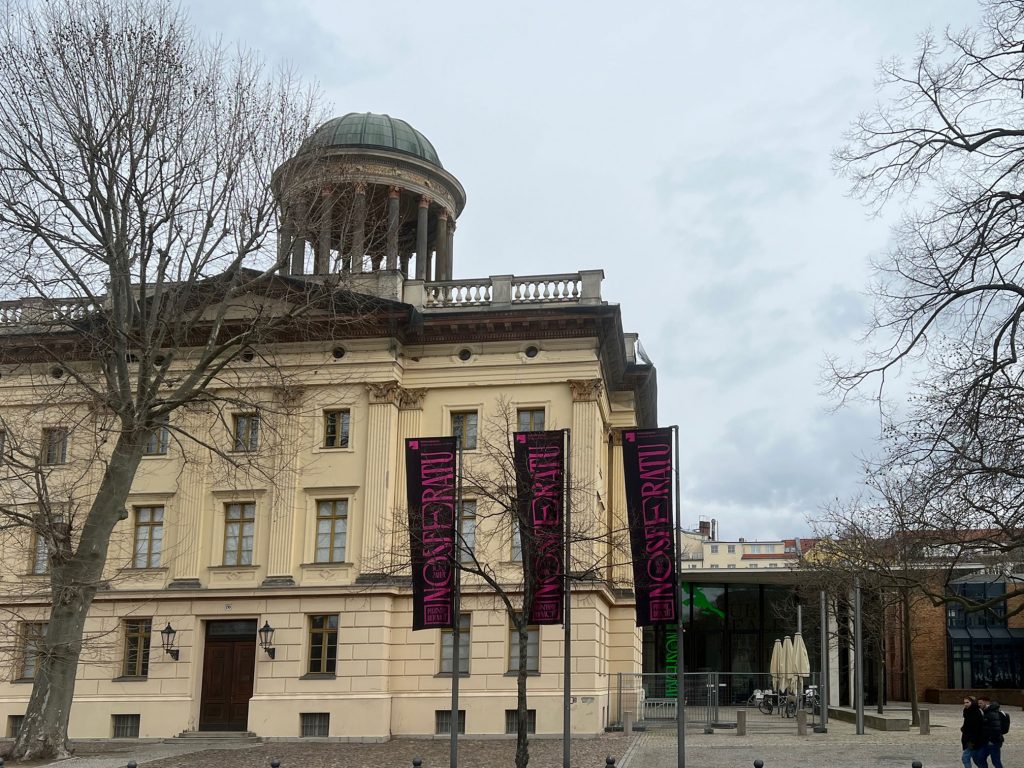
The Follow-up Program
A comprehensive follow-up program is held as part of the exhibition, including a full film screening – daily at 11:30, 14:00 and 16:00, between the pink granite columns of the Sahure mortuary temple -, several lectures and the opportunity to donate blood once a month in the museum’s warehouse, in partnership with the German Red Cross (brilliant, I must say!).
For those interested in taking a piece of the exhibition home, a 256-page catalog has been specially produced, offering in-depth information and stunning visuals. The catalog “Phantome der Nacht, 100 Jahre Nosferatu” is available for purchase at the museum for 38 euros. Additionally, exhibition posters can be acquired for 2.5 €, while a selection of old movie posters is also available for purchase at 10 € each. The museum’s shop offers a curated collection of books and objects that further enrich the experience, providing an array of fascinating items for sale.
The entire program can be found at the https://nosferatuinberlin.de/#besuchen
To book a blood donation date https://terminreservierung.blutspende-nordost.de/oeffentliche-spendeorte/BlutfuerdieKunst
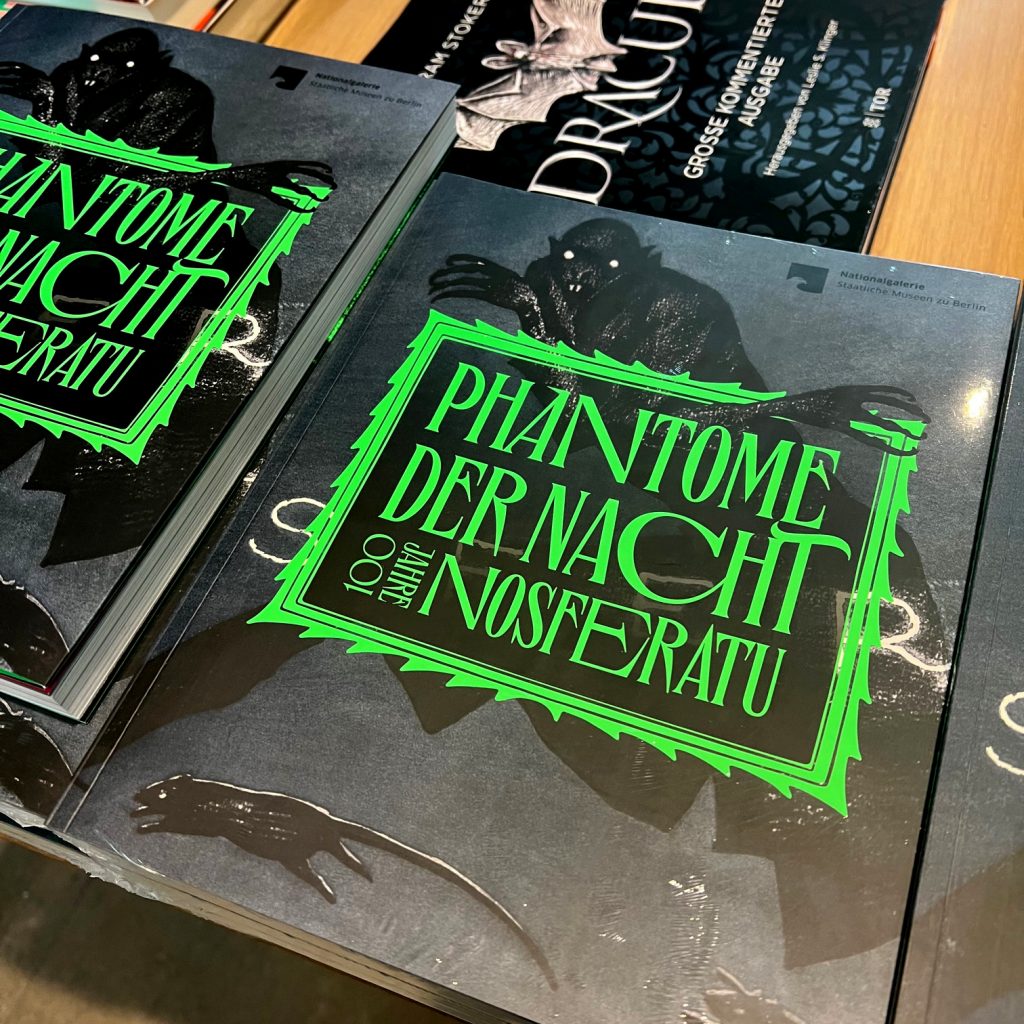
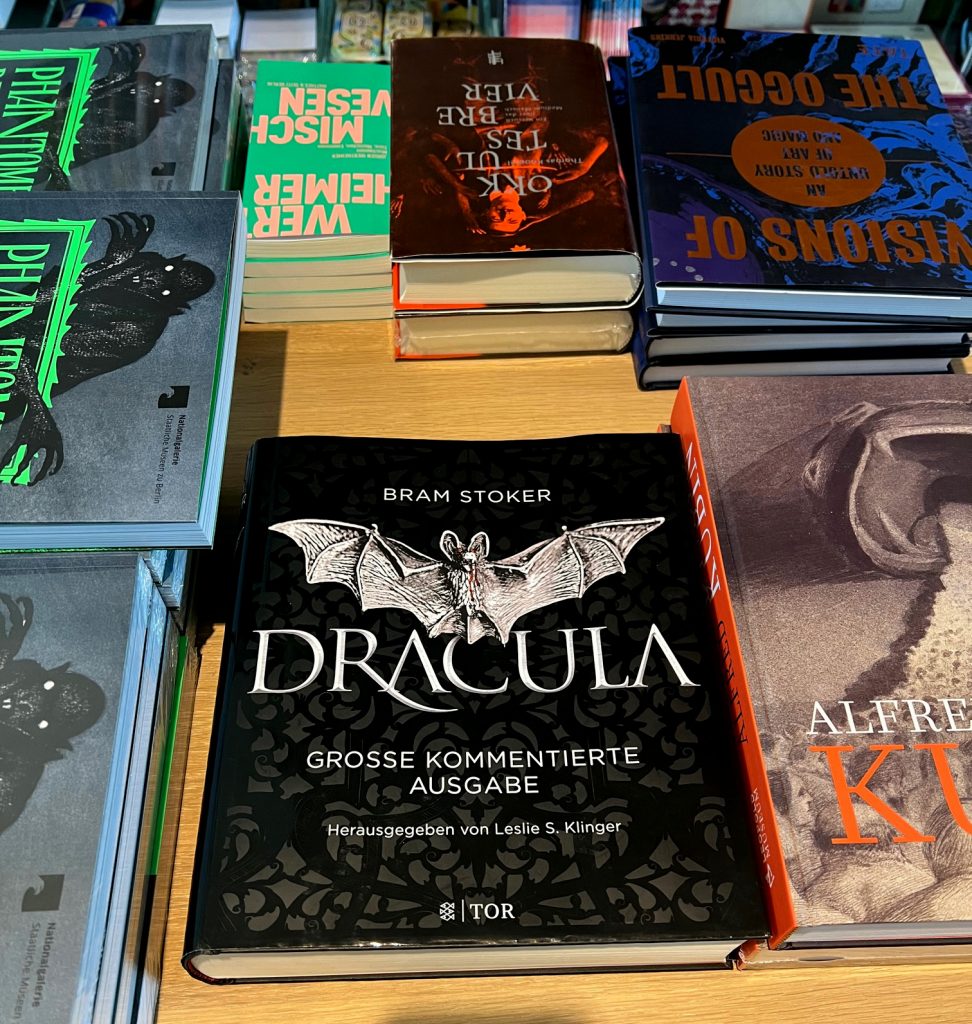
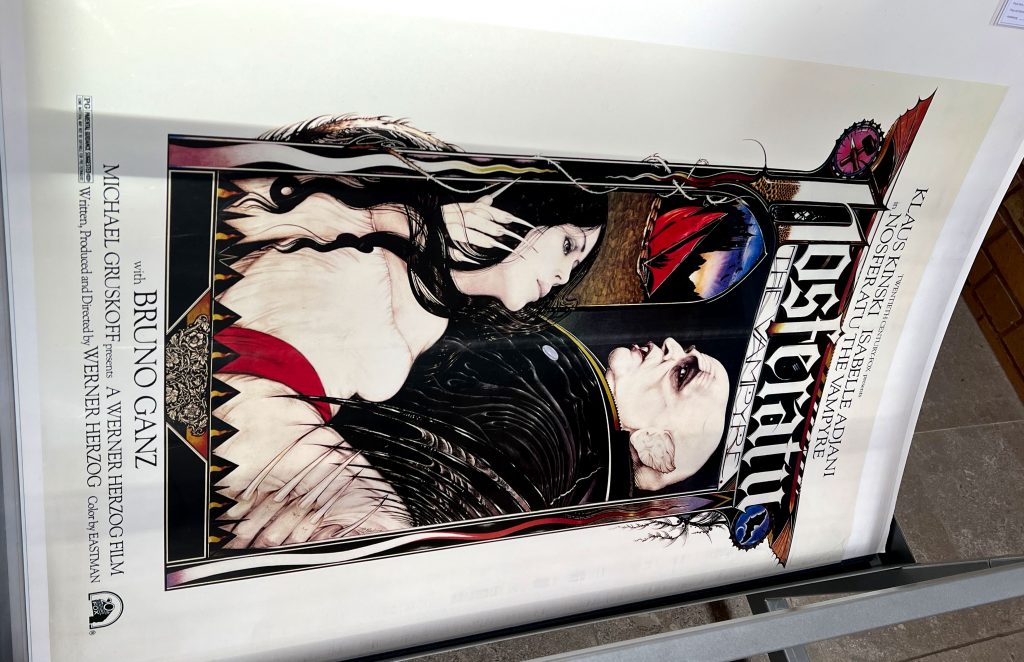
The Museum
The “Foundation Dieter Scharf Collection in Memory of Otto Gerstenberg” offers a complete overview of the Surrealist artistic movement. The works presented cover more than 250 years of art history, which also considers the precursors and followers of Surrealism.
The Museum was created from a partnership between the Scharf-Gerstenberg foundation and the Nationalgalerie Berlin in 2008, and occupies the building (Eastern Stüler Building) where the former Egyptian Museum operated.
That´s why the Kalabsha Gate and columns of the ancient Sahure Temple, both belonging to the Egyptian Museum, are still on display at the Scharf-Gerstenberg Museum until the completion of the fourth exhibition wing of the Pergamon Museum.
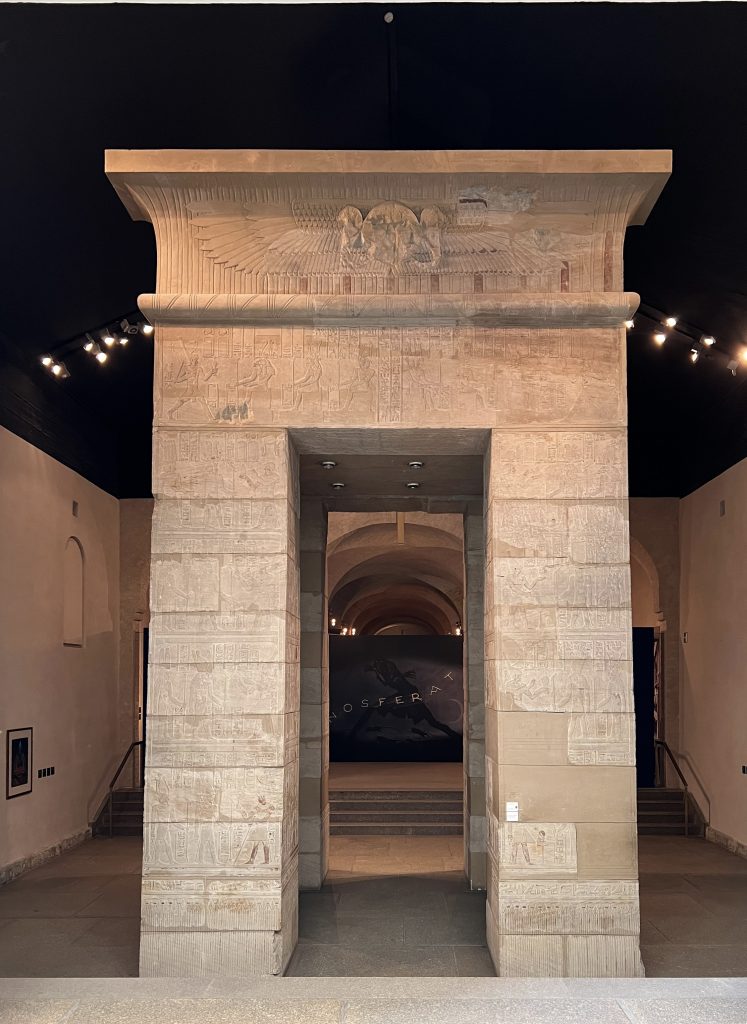
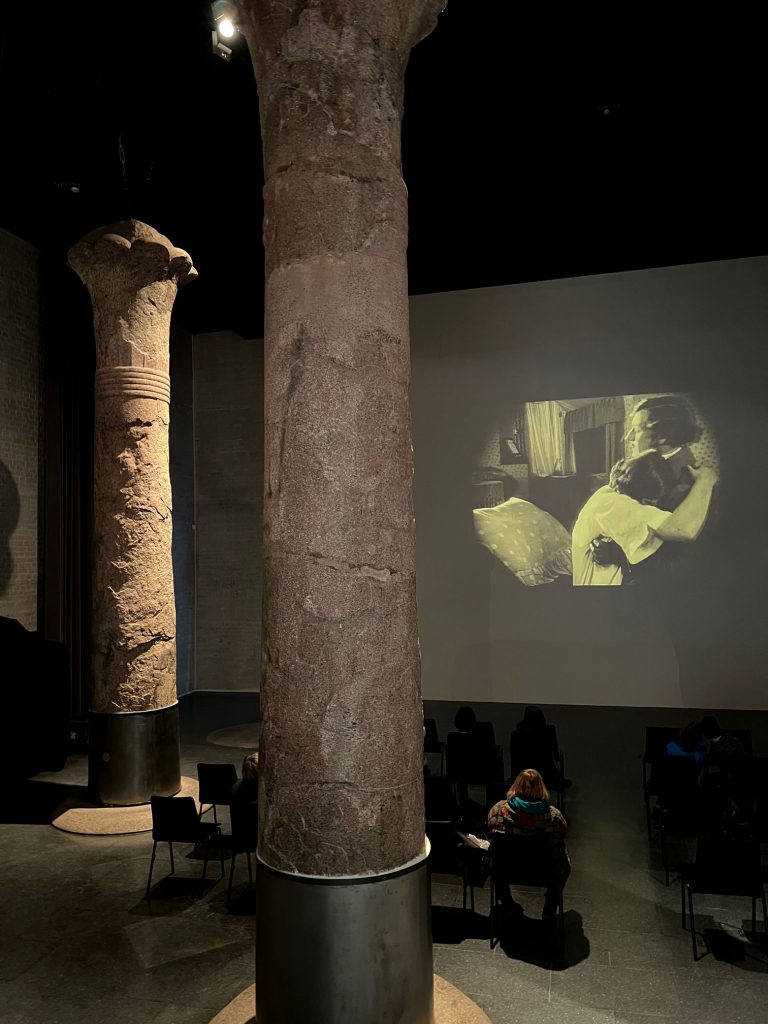
Gerstenberg-Scharf
Otto Gerstenberg (11 September 1848 – 24 April 1935) was not only a German businessman and mathematician, but also an avid collector of early 20th-century art in Berlin. His passion for art fueled his remarkable journey as he led Victoria Insurance to become Germany’s foremost life insurer.
One of his groundbreaking achievements was introducing life insurance as a national insurance concept in Germany, a model that continues to be used today.
Tragically, during World War II, a portion of his cherished art collection fell victim to destruction, while other notable pieces were seized from Nazi Germany, ultimately finding their way into Russian museums. However, the surviving artworks remained within the family estate, passing down to Otto Gerstenberg’s grandson, Dieter Scharf.
In a touching tribute to his grandfather, Dieter Scharf established a non-profit foundation shortly before his own passing in 2001. This foundation honored Otto Gerstenberg’s legacy by incorporating 240 pieces from the collection, created by 51 talented artists.
The torch of collecting artworks was further carried by Otto Gerstenberg’s grandsons, Walther Scharf (1923-1996) and Dieter Scharf (1926-2001), who inherited not only their grandfather’s wealth, but also his keen eye for the artistry.
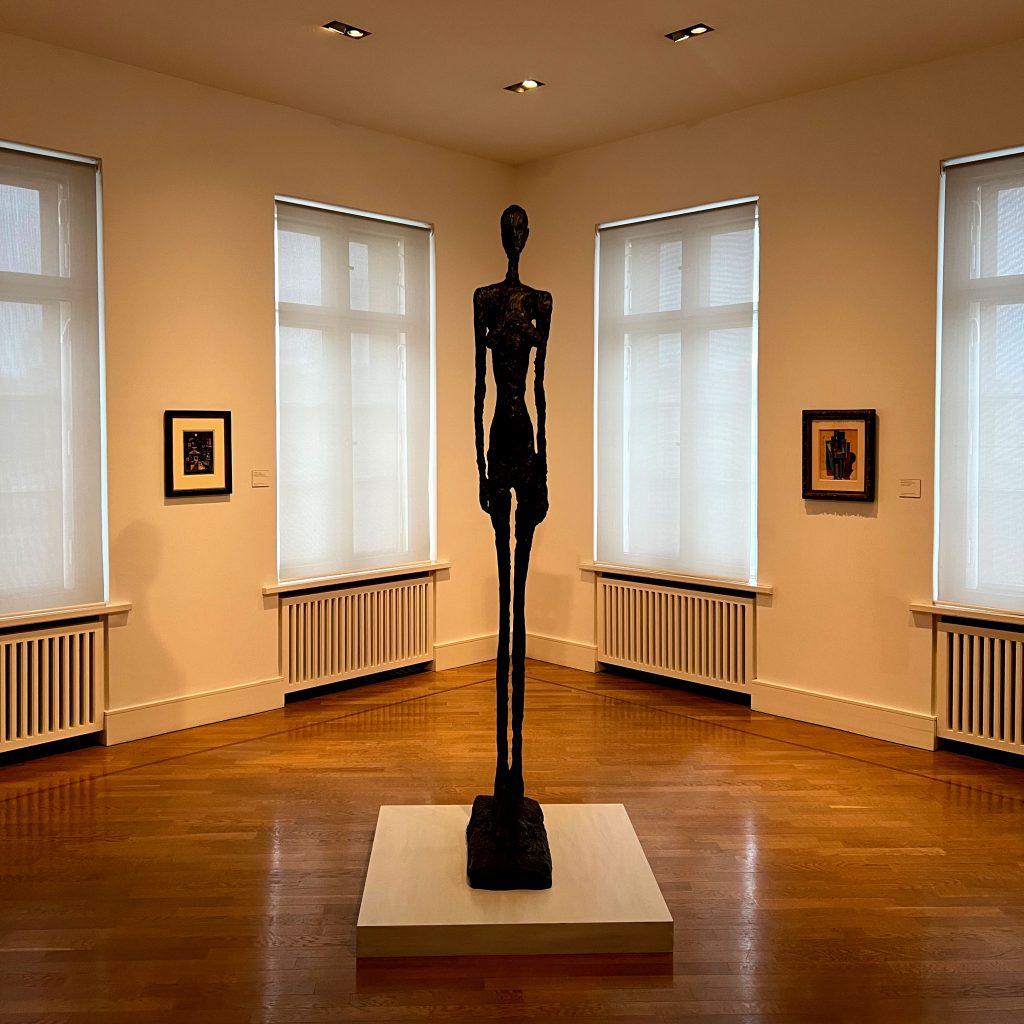
Nosferatu was not the only “vampire” visiting Berlin…
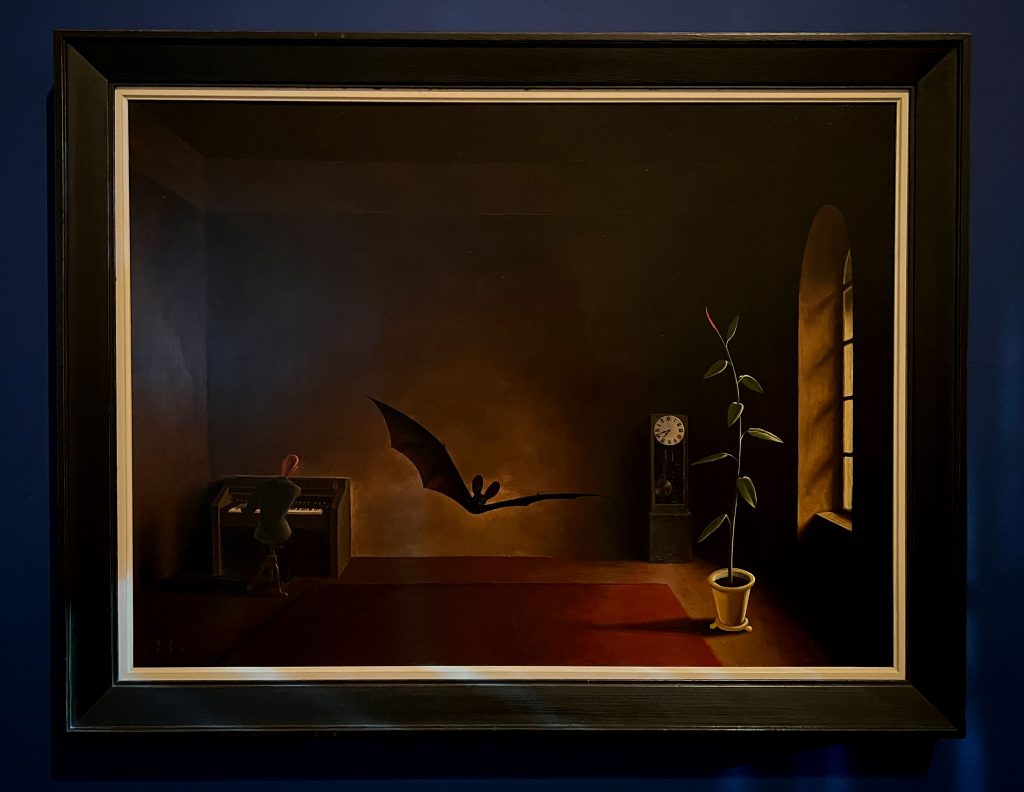
Bela Lugosi is dead
Bela Lugosi, a name that echoes through the history of film, achieved enduring fame as one of the most iconic vampires to grace the silver screen. He achieved this through his unforgettable portrayal of Count Dracula in Tod Browning’s 1931 film adaptation of Bram Stoker’s timeless novel.
Born in 1882 in Lugosi, Béla Ferenc Dezsõ Blaskó‘s life took an extraordinary turn. After facing persecution for his involvement in founding an actors’ union and opposing the regime in Hungary, he sought refuge in Berlin in 1919. However, destiny called him further, and a year later, he embarked on a new chapter of his life in the United States.
For decades, Lugosi mesmerized audiences with his unforgettable performances, leaving an indelible mark. However, his final act unfolded on August 16, 1956, when he took his last breath at the age of 74, leaving an imprint that would forever define him as the epitome of vampiric allure.
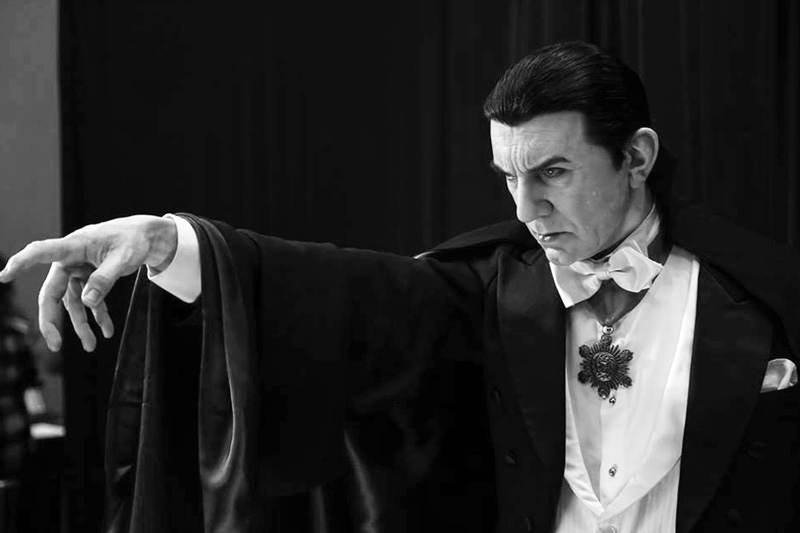
David Bowie
John Blaylock, portrayed by David Bowie in the film “The Hunger” (1983), embodies one of the most handsome and seductive vampires ever depicted in cinematic history.
In 1976, seeking respite from the overwhelming allure of stardom and the clutches of substance abuse, Bowie made a significant move to Berlin. This shift not only marked a physical relocation but also a quest for artistic reinvention.
Berlin became the catalyst for Bowie’s transformation, propelling him to explore new sonic landscapes. The fruit of this creative journey materialized in two seminal albums: “Low” and “Heroes” (1977), both part of the revered Berlin Trilogy, a collaboration with his esteemed friend Brian Eno. These albums stand as crowning achievements in Bowie’s illustrious career, pushing boundaries and leaving an indelible mark on music history.
As Bowie sought refuge in Berlin, he not only discovered a new place but also found a profound evolution of his artistic expression. The music that emerged from this pivotal period remains a testament to his artistic brilliance and the enduring impact of his Berlin years.
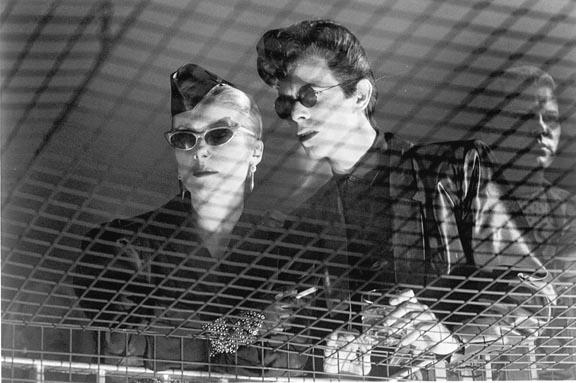
Bauhaus, the band not the art school
The opening scene of the classic 1983 film “The Hunger” showcases Peter Murphy, the lead singer of the band Bauhaus, enclosed in a cage as he sings “Bela Lugosi is Dead.”
This scene has remained etched in my mind as it served as my first introduction to a genre of music that would later become my lifelong passion, even though I wasn’t fully aware of it at the time.
On August 22, 2022, I had the extraordinary opportunity to witness the band’s original lineup, including Peter Murphy on vocals, Daniel Ash on guitar and keyboards, Kevin Haskins on drums and David J on bass and keyboards, performing at the magnificent Zitadelle Spandau. This awe-inspiring 15th-century Renaissance fortress in Berlin provided a truly enchanting setting for the event.
These highly anticipated shows marked the long-awaited return of Bauhaus to the stage after a hiatus of 13 years. Unfortunately, shortly after the memorable Berlin performance, the band announced the cancellation of the tour due to Peter Murphy’s health issues.
We eagerly await Bauhaus’ return to the stage in 2023, hoping to see their shows added to the agenda once again.
The set list for this memorable show can be found at
https://www.setlist.fm/setlist/bauhaus/2022/zitadelle-spandau-berlin-germany-1bb30590.html
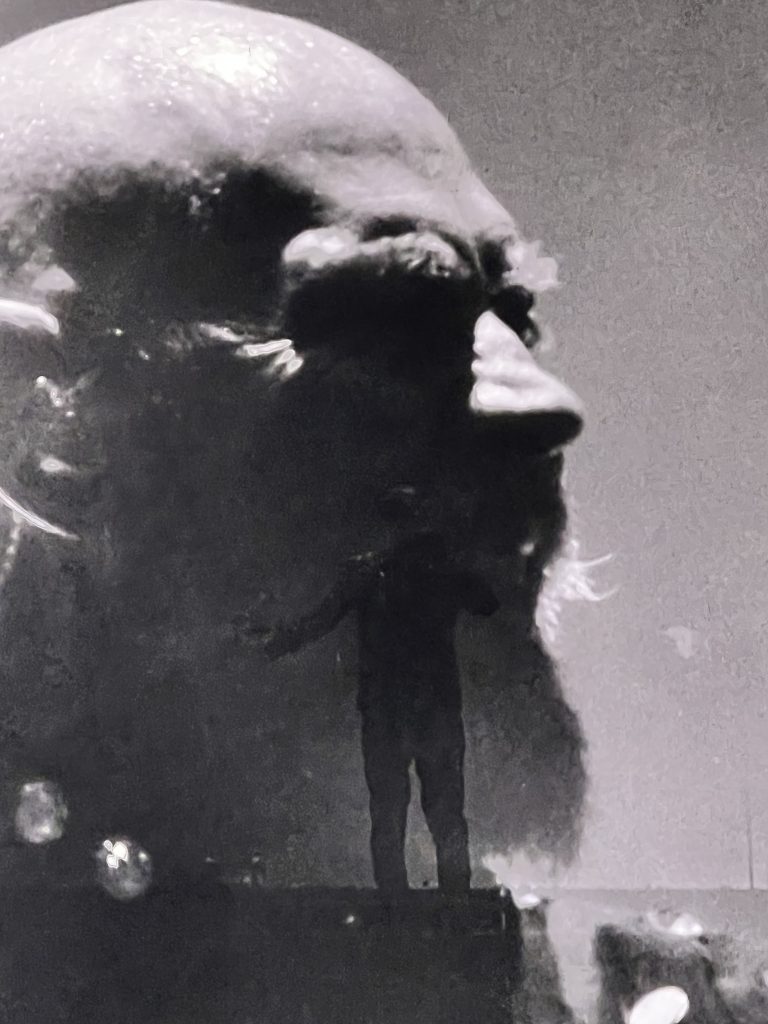
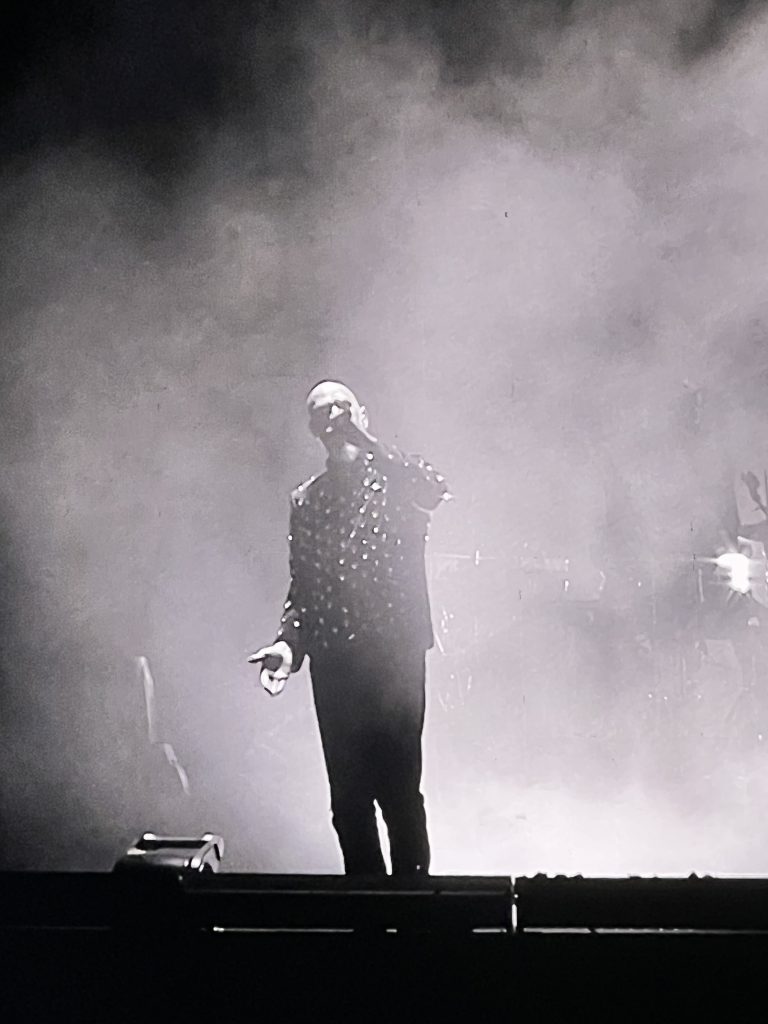
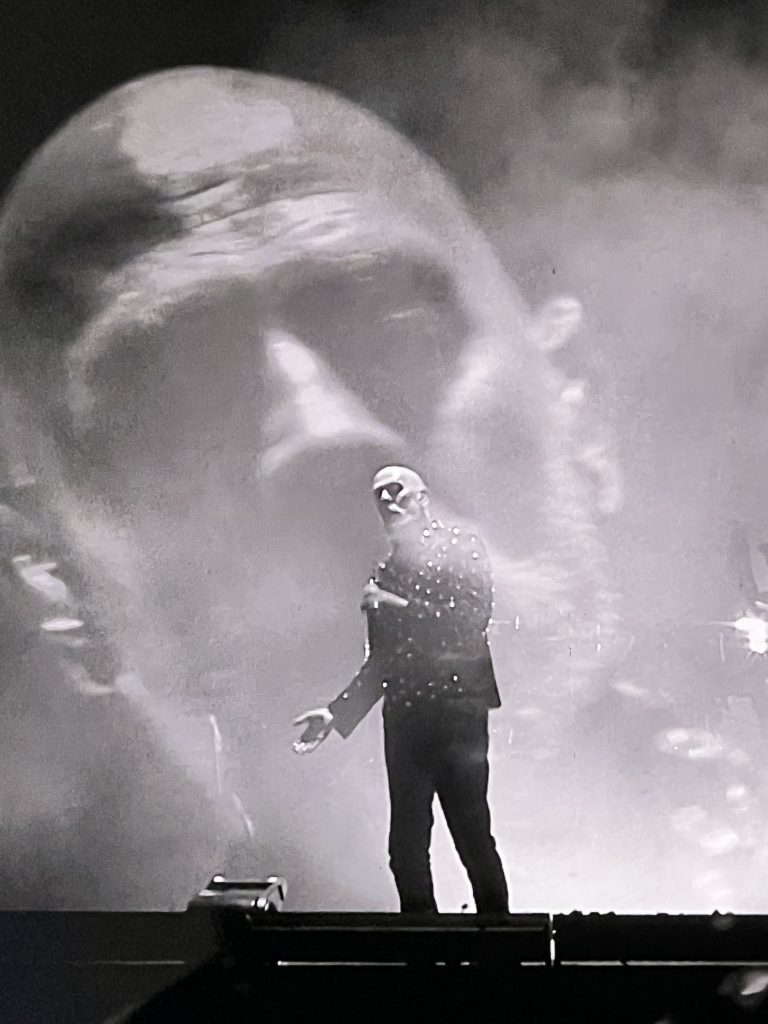
Nosferatu, Bela Lugosi and David Bowie make up my particular vampire trilogy and when I realized the relationship they all had with Berlin, I wanted to write this text the way I did. I was also particularly impressed about the art works in the Scharf-Gerstenberg collection and went to find out more about these patrons. I know the relationship between artists and their main collectors in depth, and I recognize the importance of this. I am happy that today I live in a city full of art and stories that I can discover, get to know better and tell.
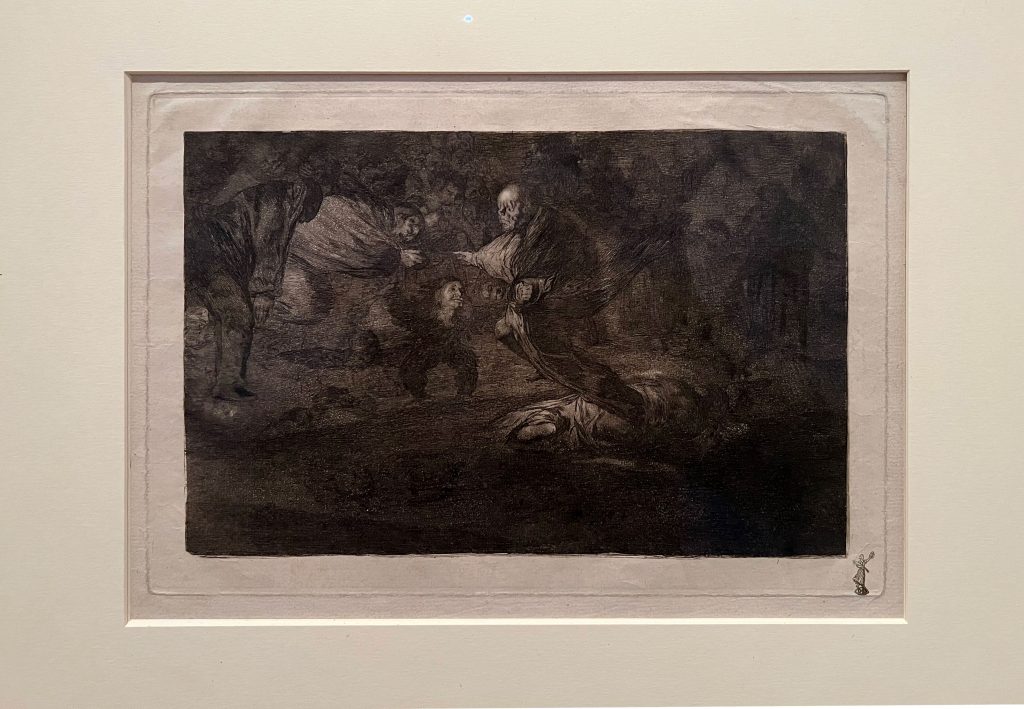
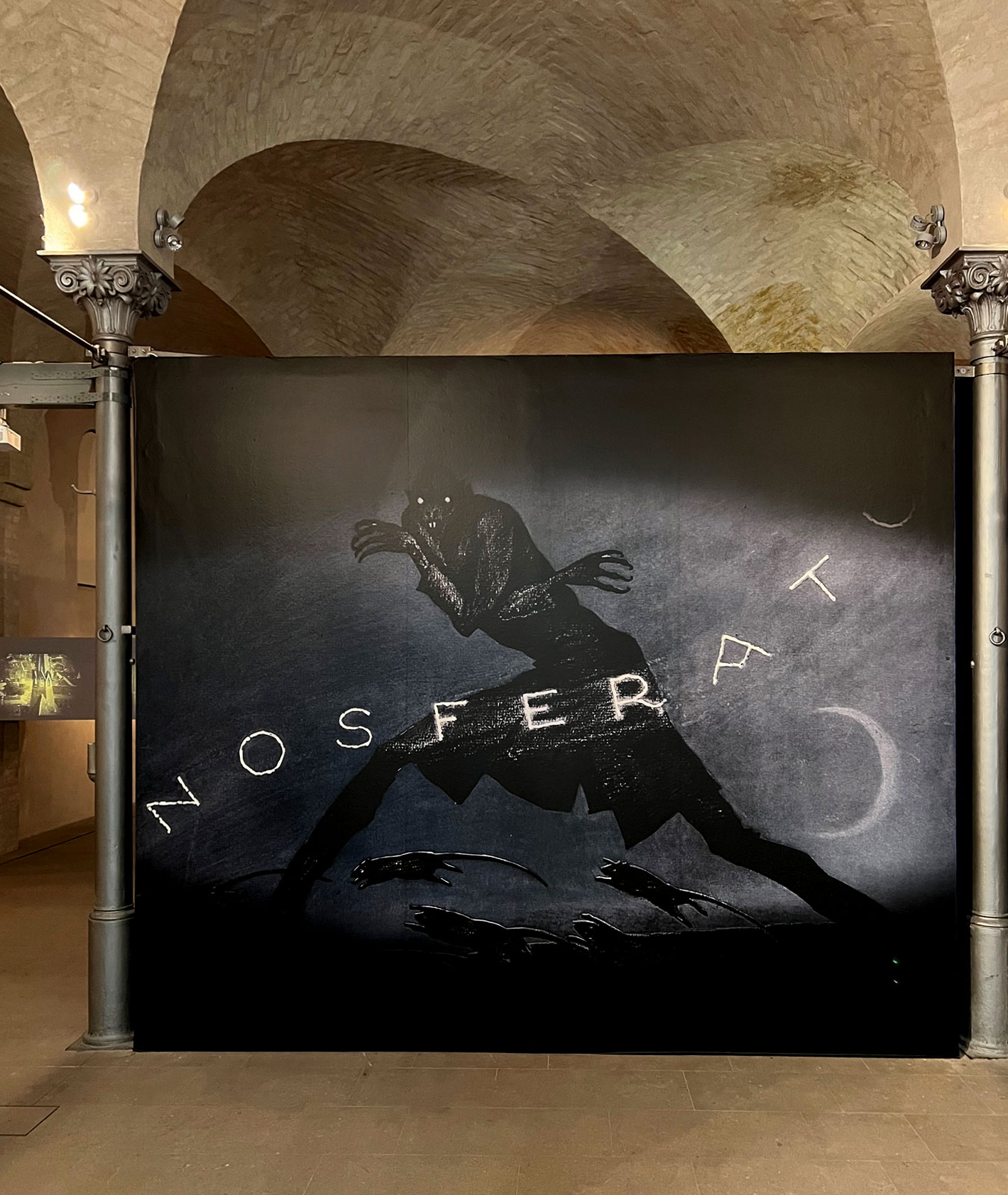
Comments are closed